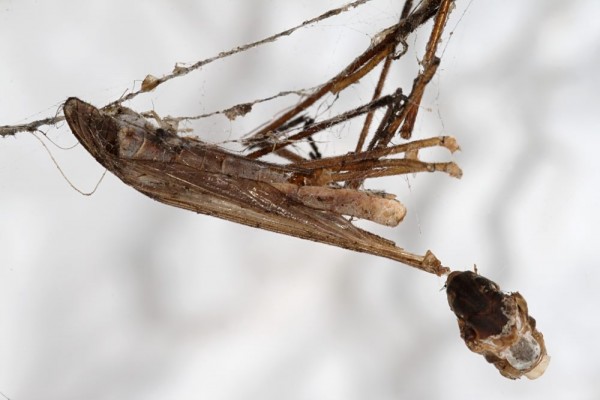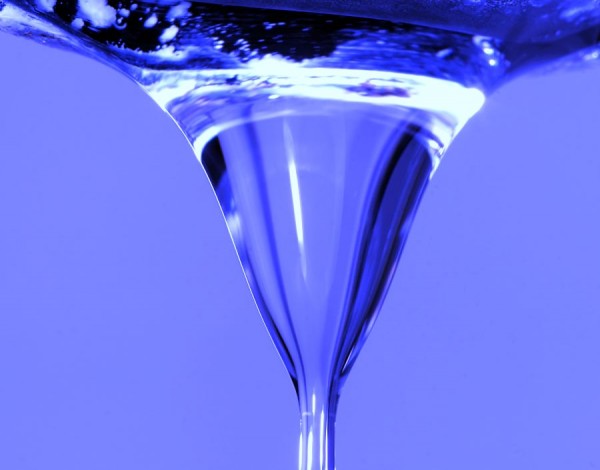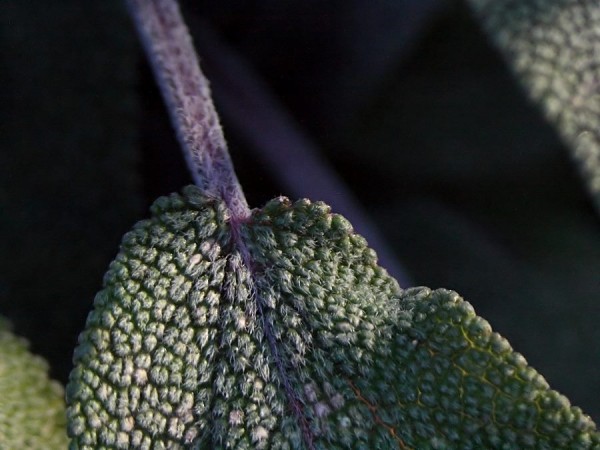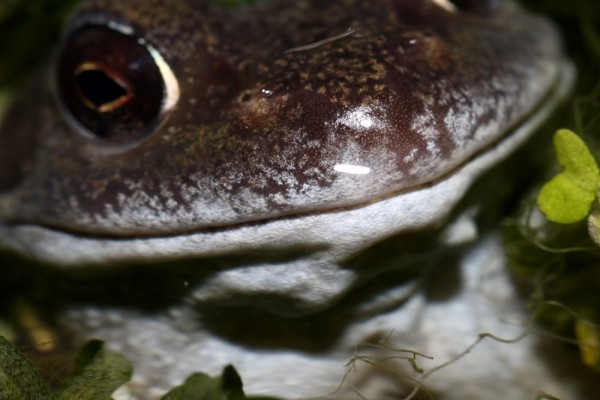One of the smaller pieces of equipment I've been after for a while is a simple set of extension tubes for macro work. As with most photographic equipment the prices are usually crazy, but I found a set of three tubes in the sales for the relatively modest price of £29.99 (usual cost between £79 and £99). Extension tubes aren't especially fancy… they are literally empty tubes with no glass. They fit between the camera body and the lens, and work by reducing the minimum focusing distance thus allowing you to get closer to the subject. That's the theory. The photographic cost is a loss of depth of field and the inability to focus on more distant objects. The tubes will really come into play in the spring when more insects are around, but I spent today practising my technique (which has a way to go yet). 
Remains on a web
Water from a tap (artificially coloured)
Sage leaf
Smile please 😀
Camera note: all shots taken with the Sigma 105mm F2.8 EX DG macro and extension tubes.



chthoniid
30 Dec 2007Hi- the narrow dof is the hardest thing to deal with when you start pushing up the magnification past 1:1. You don't seem to have used an external flash? Good to see you putting in the practice though- it'll be vital for early spring.
I hate say it, but I predict you may be spending money on a solid tripod and macro rail(rack) sometime soon 😀
SittingFox
30 Dec 2007Love the smile! 🙂
I have two tripods. One cost £26 and the other cost £100. I'd like to say that you cannot tell which is which, but that wouldn't be exactly true; the Manfrotto is worth the extra money, no question.
Flying Red Fox Blog
30 Dec 2007Nice pics there:D The sage leaf looks nicely textured and the froggy smile makes me 😆
Words
30 Dec 2007Mark, thanks. I really liked how the leaf came out. I think the frog was slightly alarmed by how close I got though :eyes:.
Words
30 Dec 2007Adele, I did pick up a small tripod (Velbon CX mini, which I think was £26!). It's light enough to carry around, but is a bit flimsy by the time I've got the lens and flash mounted on it. It will do for some basic garden macros (and with care will take a long lens, though that's pushing it beyond it's weight limit). I've been looking at Manfrotto tripods and heads, and no doubt will get one at some point. The set-up I'm tempted by is the Manfrotto 458B with the 322RC2 head.
Words
30 Dec 2007Brendan, yes depth is a real issue, which is one of the reasons I decided to test out the focus stacking software. I suspect it will come in handy if the bugs keep still long enough. :bug: I was using flash for those, but I think the extension tube loses me some of the EXIF data. The first three were with the ring flash, and the frog with the 430EX.
Words
30 Dec 2007Yes weight is the real killer here. If it's too heavy it won't get used. The tripod and head I'm looking at comes in at around 3kg which I'm probably prepared to carry if I know I'm going to somewhere where I can set up for a while, but hiking with that is not going to be fun (with camera and lenses as well). The 458B does get as low as 10cm so could be good for dragonfly set-ups (if I take a groundsheet to lie down on!). It's so tricky working this one out :confused:
SittingFox
30 Dec 2007I have a Manfrotto 390RC2. I'm not sure how that fits in with the tripods that have interested you! I've had no major complaints; well, it doesn't like to look downwards and upwards on the same side of the head, so I shorten the forward leg and then manipulate the camera's angle on the head. It cannot hold the camera + adaptor + pentax spotting scope body combo, but I don't blame it for that 😉
The weight restricts me from taking it on a hike though (no point in putting it on my back – by the time I'd got it set up, whatever I'm looking at would have bolted anyway) and I suspect the 458B weighs even more!
Skip247
30 Dec 2007Amazing images well captured mate. I think that nature's beauty is in it's intricases.
SittingFox
30 Dec 2007Generally when I'm hiking, I seek fence posts, or just shoot fast to compensate. I typically use the tripod for photographing foxes in very poor light, or in situations where I'm stationary (like photographing birds at the feeders). I don't use it for macro because I don't have a proper macro lens :whistle: although, for anything that low down that needed stability I'd be tempted to try one of those photography bean bags.
Words
30 Dec 2007Brendan, I took a look at the Cullmann. It weighs about the same as the one I'm thinking of getting. I really like the idea of hanging a long lens very low to the ground to shoot across pond surfaces. The ball head I'm thinking of getting is pricey, but is essentially a joystick which locks on a trigger so is very useful for moving targets. I can see I'm going to get covered in mud though if I do get this kind of set-up 😀 Hmmm…
Words
30 Dec 2007Adele, yes fence posts are very useful, as are trees and almost anything to stabilize the camera (or me). I've thought about beanbags. They should be easy to make and fill for next to nothing – bags of dried peas – as long as the material is waterproof! That and a kneeling-pad would work well.
chthoniid
30 Dec 2007I use my tripod (Cullmann 3335) a fair bit, but for a lot of long hikes, I take the monopod instead. The tripod is most useful for landscapes and macro shots, the monopod is handier for animals that don't hang around in one spot for any length of time.
The Cullmann is also designed to go very low to the ground as well.
I'm trying to decide whether to take it to China or not.
Vulpes vulpes
31 Dec 2007Gr8 pics – love the 😀 …ribbit!